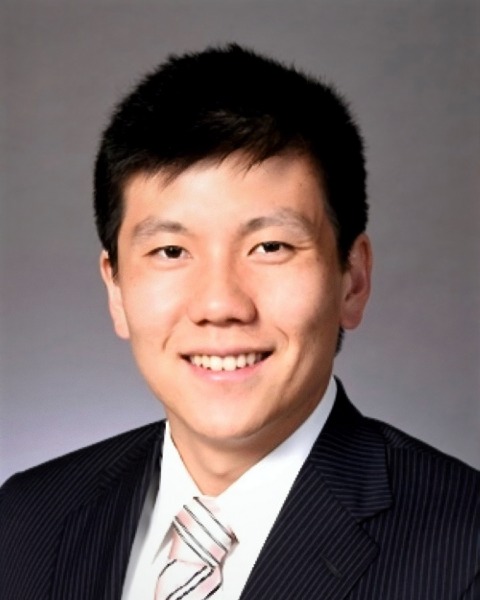Back
Poster, Podium & Video Sessions
Podium
PD51: Penile & Testicular Cancer II
PD51-02: Oncologic outcomes of Primary Retroperitoneal Lymph Node Dissection for Stage II Seminoma: Indiana University experience.
Sunday, May 15, 2022
3:40 PM – 3:50 PM
Location: Room 245
Isamu Tachibana*, Andre Alabd, Sean Kern, Mohammad Mahmoud, Timothy Masterson, Nabil Adra, Richard Foster, Lawrence Einhorn, Clint Cary, INDIANAPOLIS, IN

Isamu Tachibana, MD
Indiana University
Podium Presenter(s)
Introduction: Stage II seminoma is typically treated with radiotherapy or chemotherapy based on NCCN guidelines. Primary Retroperitoneal Lymph Node Dissection (RPLND) has demonstrated efficacy in a Phase II trial as first-line therapy for retroperitoneal disease. We sought to study recurrence rates of patients who underwent primary RPLND for Stage IIa or IIb seminoma and to determine if pathologic nodal stage affected outcomes.
Methods: Using our prospectively maintained database at Indiana University, we identified patients that underwent primary RPLND for seminoma from 2014-2020. Patients were all clinically stage IIa or IIb at the time of surgery and underwent an open RPLND. We used Kaplan-Meier analysis for recurrence free survival (RFS) based on pathologic nodal stage (N0, N1, N2, N3).
Results: We identified 54 patients at Indiana University that underwent RPLND for RP only seminoma. Table 1 illustrates the clinical characteristics of patients included in our study with median follow up time of 25.6 months. There were 22 that underwent bilateral template dissection and 32 that underwent a unilateral template dissection. Kaplan Meier analysis (Figure 1) did not demonstrate any significant difference among pathologic nodal stages with RFS. The 2-year RFS was 82.8%. Forty-five patients were presumably cured with surgery alone at the time of their last follow-up. Nine (16.7%) recurrences were noted in total – 2 infield RP recurrences, 2 out of field RP recurrences, 3 contralateral recurrences. Two of these recurrences were multifocal with concurrent recurrences outside of the RP (chest and pelvis). Two patients had chest only recurrence. No patients died of testis cancer and all patients are disease free. Salvage regimens for recurrences are listed in Table 1 as well.
Conclusions: Primary RPLND for clinically low volume RP disease is effective with over 80% chance of cure with surgery alone. Recurrences were cured almost exclusively with induction chemotherapy. Pathologic nodal stage did not affect recurrence free survival.
Source of Funding: None


Methods: Using our prospectively maintained database at Indiana University, we identified patients that underwent primary RPLND for seminoma from 2014-2020. Patients were all clinically stage IIa or IIb at the time of surgery and underwent an open RPLND. We used Kaplan-Meier analysis for recurrence free survival (RFS) based on pathologic nodal stage (N0, N1, N2, N3).
Results: We identified 54 patients at Indiana University that underwent RPLND for RP only seminoma. Table 1 illustrates the clinical characteristics of patients included in our study with median follow up time of 25.6 months. There were 22 that underwent bilateral template dissection and 32 that underwent a unilateral template dissection. Kaplan Meier analysis (Figure 1) did not demonstrate any significant difference among pathologic nodal stages with RFS. The 2-year RFS was 82.8%. Forty-five patients were presumably cured with surgery alone at the time of their last follow-up. Nine (16.7%) recurrences were noted in total – 2 infield RP recurrences, 2 out of field RP recurrences, 3 contralateral recurrences. Two of these recurrences were multifocal with concurrent recurrences outside of the RP (chest and pelvis). Two patients had chest only recurrence. No patients died of testis cancer and all patients are disease free. Salvage regimens for recurrences are listed in Table 1 as well.
Conclusions: Primary RPLND for clinically low volume RP disease is effective with over 80% chance of cure with surgery alone. Recurrences were cured almost exclusively with induction chemotherapy. Pathologic nodal stage did not affect recurrence free survival.
Source of Funding: None



.jpg)
.jpg)